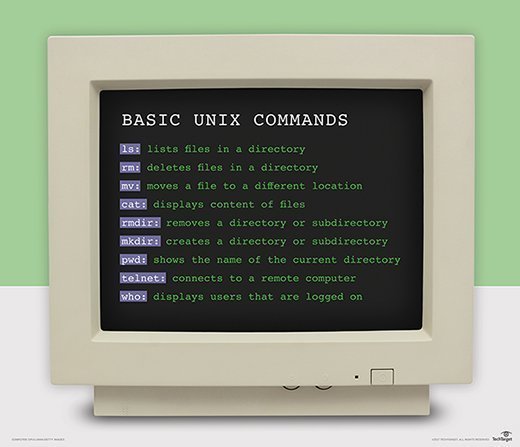Cygwin
What is Cygwin?
Cygwin is a collection of open source tools that allows Unix or Linux applications to be compiled and run on a Microsoft Windows operating system (OS) from within a Linux-like interface. Cygwin offers users a Linux-like experience in a Windows environment. This capability helps developers migrate applications from Unix or Linux to Windows-based systems and makes it easier to support their applications running on the Windows platform.
At the heart of the Cygwin collection of tools is the cygwin1.dll dynamic link library (DLL). The DLL serves as an emulation layer that provides Portable OS Interface, or POSIX, system call functionality. The Cygwin distribution also has a large collection of free tools, including most GNU and many Berkeley Software Distribution tools, along with an X server and a full set of X applications.
The name Cygwin was created from a combination of Cygnus and Windows.
How Cygwin works
The Cygwin DLL runs as a standard DLL in the Win32 subsystem. It uses the Win32 application programming interface (API) and, when needed, the native NT API. The DLL works with all X86-based, 64-bit versions of Windows, starting with Windows Vista for desktop OSes and Windows Server 2008 for server OSes.
Users can easily download and install a basic Cygwin environment by running the setup-x86_64.exe program and following the setup program prompts in the Cygwin Setup wizard. Cygwin is also available in a 32-bit version, but it is recommended only in specific scenarios.
What is Cygwin used for?
Cygwin brings Linux to the Windows environment. Users can interact with Cygwin through a Unix shell, such as bash, tcsh or zsh. From there, they can issue Unix commands much like they would on a Unix or Linux computer.
Examples of the Unix commands include the following:
- The grep command is used to search for files.
- The mkdir command creates a new directory.
- The chmod command sets file-level permissions.

Users can also access the Cygwin environment through the Windows command shell.
In addition, Cygwin lets developers compile Unix or Linux applications through one of the available Unix shells. They can then run the applications on their Windows systems. In this way, they can migrate their Unix or Linux applications to Windows-based systems without making significant changes to the source code. Developers can also write Win32 console or graphical user interface applications that use either standard Win32 API functionality or the Cygwin API.
Because Unix and Linux are open to public input, administrators have contributed many management scripts for these systems over the years. This has resulted in a large selection of administrative tools. Administrators can use Cygwin to apply these scripts to their Windows-based computers, making it possible to address system issues similar to how they address them in a Linux or Unix environment. Administrators can also incorporate Windows command-line interface tools into the Cygwin shell script environment.







